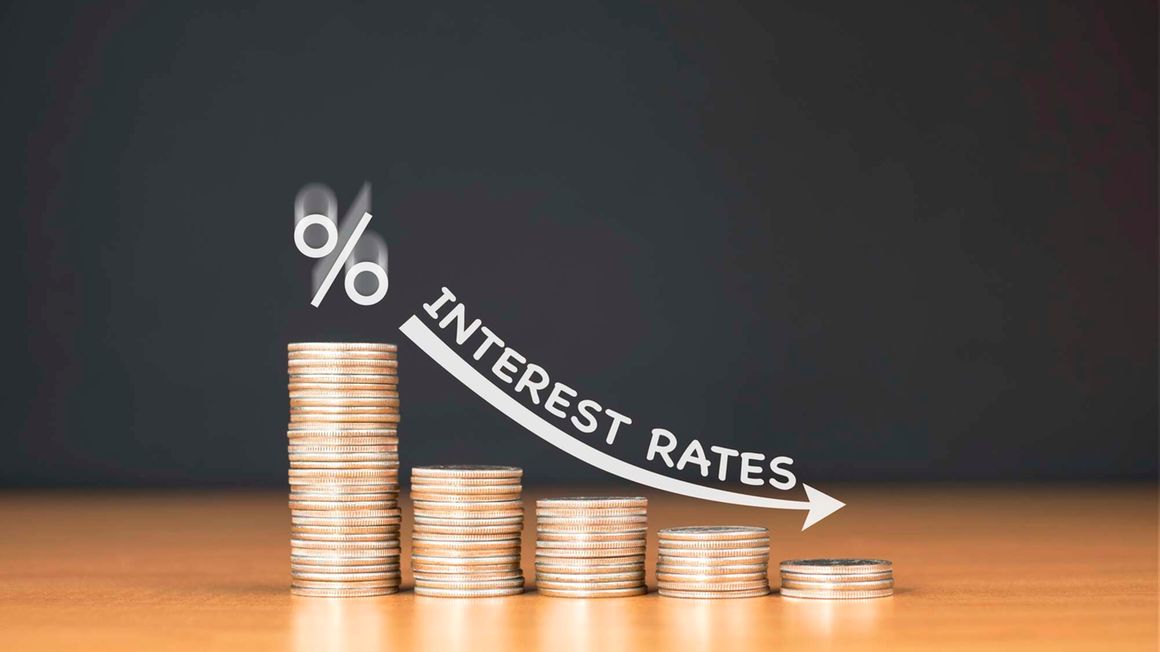
Impact of State borrowing at rate of 10 per cent or less interest. PHOTO | POOL
President William Ruto made a recent announcement stating the government would no longer borrow money at interest rates of more than 10 per cent.
He was alluding to the current high rates of government bond issues, most recently a 14-year infrastructure bond at almost 14 per cent.
We believe this announcement does not refer to a cap on interest rates, but instead the desired scenario that would be achieved through market forces.
The simplest route for interest rates to fall would be the need for the government to borrow less money to finance the fiscal deficit.
The government issues bonds to raise money for various reasons including Funding infrastructure projects, funding regular bills, and salaries, and paying costs of other borrowings.
In order to reduce the need for borrowing through government bond issues, one or more of the following needs to occur:
Reduced government expenditure, increased revenue from tax collections, and access to other cheaper forms of borrowing such as concessionary loans from entities like the International Monetary Fund.
READ: Rates standoff hits State local borrowing target
Even if the government succeeds in reducing the need for borrowing, it is expected to take some time before we see interest rates drop to levels of 10 per cent.
The likelihood is that the rates would edge slowly downwards with each new issue.
Who owns Kenyan government bonds? The largest investors in government bonds are banks and pension funds. These institutions will be the most impacted by a significant change in interest rates.
The positive effects of reduced rates
There are various angles to consider this from:
Higher motivation for banks to lend money: Currently banks in Kenya own almost half of all the outstanding government bonds.
Investing in Kenyan bonds offers attractive yields at very low risk. For a bank in Kenya, it is easy to see how this is a much more attractive way to earn money instead of lending out to individuals or businesses that carry higher risk and require more costly processes to manage.
With interest rates falling, banks will have an increased motivation to lend as they can maintain their return on equity. Thus, there would be an increased flow of money to individuals and businesses.
READ: Think tanks urge State to go slow on borrowing
Lower borrowing costs for consumers and businesses: Existing loan payments on variable rates are likely to reduce.
For businesses, this could mean more affordable financing for expansions. Equity markets could be stimulated.
With government bond returns becoming less attractive and businesses being able to expand through lower financing costs, listed companies could become more attractive to investors.
Increased interest from investors and positive sentiment could enable bull market conditions.
Private Equity and Alternative Investments could have more interest from investors: Few investments can compete with the risk-reward profile offered by government bonds in the current high-interest rate environment.
This has reduced demand for more risky investments in general, or where investments are made the premiums expected are very high and difficult to achieve.
Existing bondholders will see the valuations of portfolios increase. Interest rates and bond valuations have an inverse relationship.
If interest rates go down, investors holding existing bonds will see their portfolio values increase. We have seen the opposite effect this year.
The negative effects of reduced rates
The obvious negative impact would be that investors would earn lower returns on future bond investments.
However, the process of getting to a low-interest rate environment could have a more significant negative impact.
If the government reduces the fiscal deficit by reducing public expenditure or increasing taxes too aggressively, there could be a significant negative impact on economic activity, the job market and ultimately a lower GDP growth rate, depending on the quantum.
Having a lower interest rate environment would be positive for the economy, but a lot would depend on how we would get there.
The new Government’s supplementary budget will shed some light on whether this aspiration could be a real possibility.
In the meantime, however, there are still plans for the issuance of further bonds by the Government to raise up to Shs 40 billion before the end of the year in the current high interest rate environment.
Datta is head of, Asset Consulting Team at Zamara




No comments :
Post a Comment